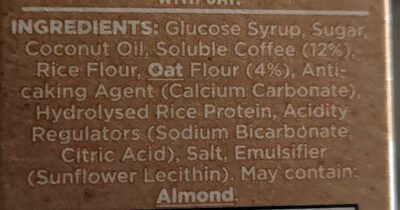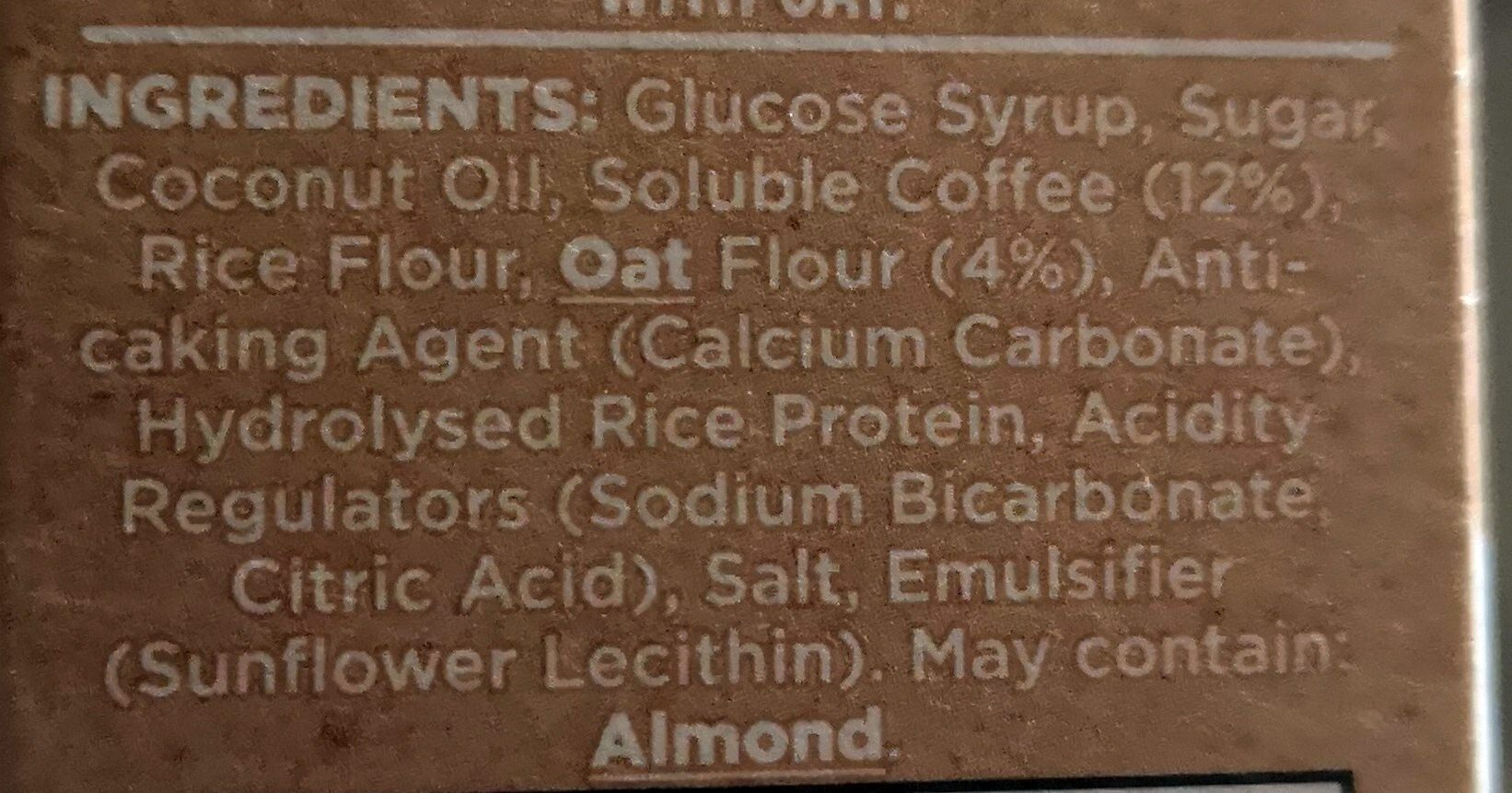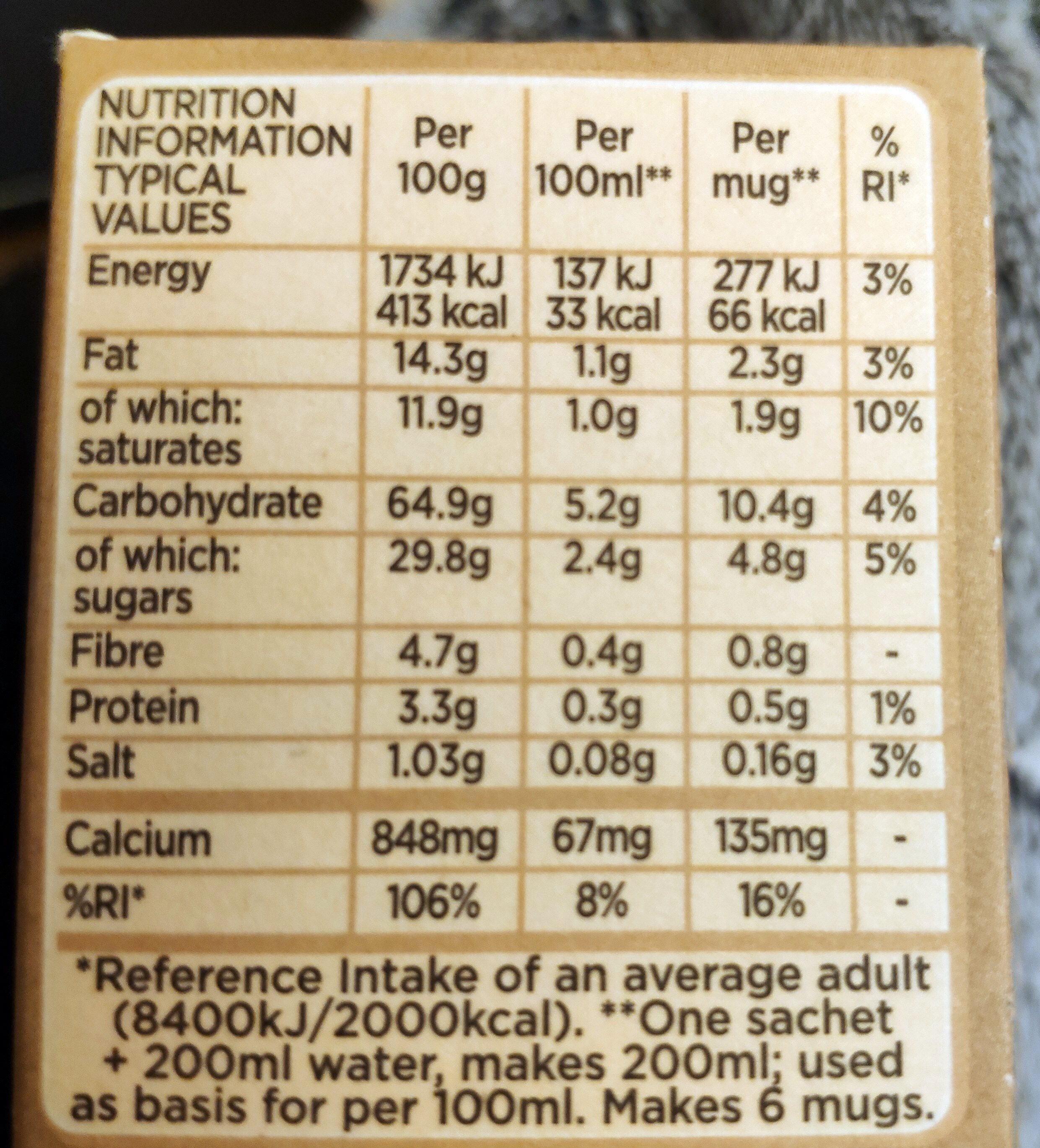Nescafé Gold Oat Latte - Nestlé - 96g
This product page is not complete. You can help to complete it by editing it and adding more data from the photos we have, or by taking more photos using the app for Android or iPhone/iPad. Thank you!
×
Barcode: 7613036840224 (EAN / EAN-13)
Common name: Instant coffee beverage with oat
Quantity: 96g
Packaging: Card-box
Brands: Nestlé
Categories: Plant-based foods and beverages, Beverages, Plant-based foods, Coffees, Instant beverages, Coffee drinks, Instant coffees, Instant powder for coffee with milk
Labels, certifications, awards:
Low or no fat, Low or no sugar, Low fat, Low sugar, Vegetarian, Vegan, Calcium source, No hydrogenated fats, The Vegan Society, Without addition of dairy products
Link to the product page on the official site of the producer: https://www.nescafe.com/gb/our-coffees/g...
Countries where sold: Australia, United Kingdom
Matching with your preferences
Report a problem
Data sources
Product added on by kiliweb
Last edit of product page on by archanox.
Product page also edited by alia, ecoscore-impact-estimator, inf, moon-rabbit, openfoodfacts-contributors, roboto-app, swipe-studio, yuka.Zm9rTUxhb3VvYU1ueE1jbG8wamtxODVVNXJDN1JYR1Njc2NKSWc9PQ, yuka.sY2b0xO6T85zoF3NwEKvlkxpC-XDsADUOAX6iBTX7NywJb-2SsN72LTxb6s.










